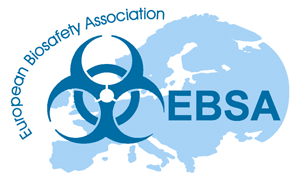About Pre conference course A. Auditing: a comprehensive and practical introduction
Pre conference course A. Auditing: a comprehensive and practical introduction
Instructors
Jan-Piet Tijssen and Margot Spreuwenberg
Description
This two day practical course provides a comprehensive and sound practical introduction to auditing. The course takes participants through the principles, recognized best practices and essential techniques of (HSE / biosafety) auditing. It provides them with guidance on planning and performing of an audit in line with international standards.
The course will be of interest to those with no or limited auditing experience and / or formal training. It will set out the principles of effective (bio)safety, health and environmental auditing and compare and contrast this with inspection approaches. The trainers will explain how to prepare, structure and conduct an audit. They will point out potential pitfalls as well as good practices including communication and interviewing skills, and drafting of audit reports. The course will be highly interactive and practical, alternating between theory and practices like simulation of audit opening and closing sessions, and drafting of an audit report.
At the end of the two day training course participants will understand the elements of an audit system and program, they will know the essential tools and realize behavioural implications. The course should enable participants to plan and carry out audits of small facilities within the context of their own work experience, and to contribute to the planning of as well as participate as a team member in HSE / biosafety audits of a more complex nature lead by an experienced auditor.
This course will require a minimum of 6 participants to continue and the class size is limited to 20 participants to ensure productive interactions.
Bullet Main Topics
Theory
- Inspection vs audit
- Principles of auditing
- Management systems and standards
- Qualifications of an auditor
- Steps of a typical HSE/ Biosafety audit
- Checklists and checklist approach
- Methods for auditing – elements of an audit
- How to resolve lack of cooperation
- Reporting
Practice:
- Interactive team work
- A “real” “mock audit” visit to a laboratory
CWA 16335:2011, annex C reference
- C 2.1.3.1 regulatory framework
- C 2.1.2.17 Communication skills
- C 2.1.2.18 Audits and inspections
